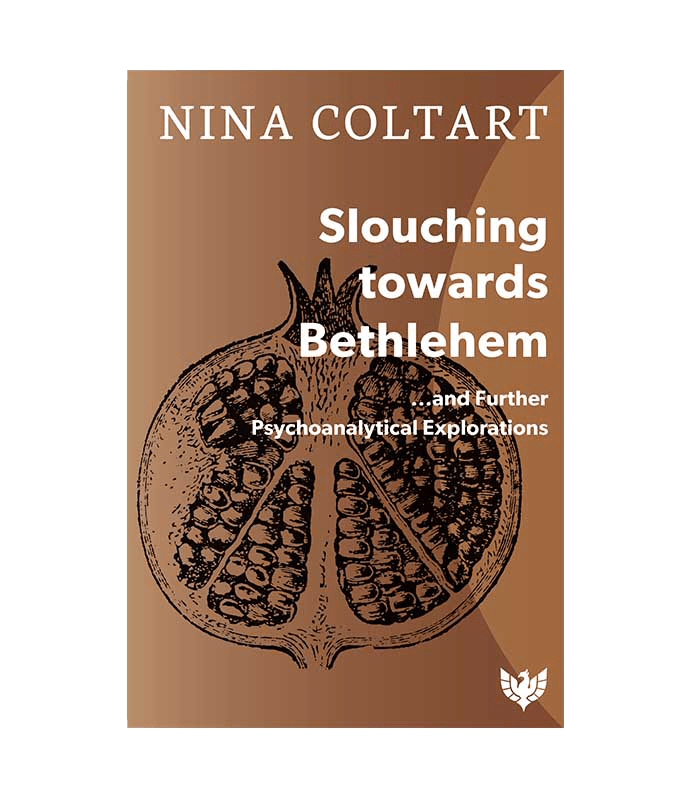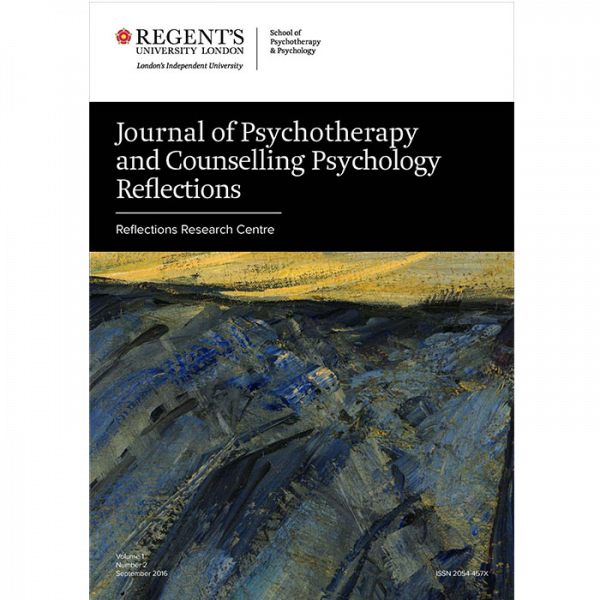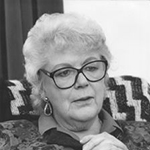In 1982, Nina Coltart gave a paper to the English-Speaking Conference of Psychoanalysts called “Slouching towards Bethlehem … or Thinking the Unthinkable in Psychoanalysis”, which created a stir and brought her to the attention of the psychoanalytic community. Ten years later, she produced her first book – this book – which contained her seminal paper, alongside so many others of note.
Full of eloquent, meaningful, and provocative clinical stories – including “The Treatment of a Transvestite”, “What Does It Mean: ‘Love Is Not Enough?’”, “The Analysis of an Elderly Patient”, and “The Silent Patient” – Nina Coltart exposes the full truth of the therapeutic process, where the analyst may occasionally stray from orthodox practice but how such lapses can sometimes provide unforeseen breakthroughs in treatment.
This volume introduced Coltart’s characteristic style of journeying through important issues in analytic practice. She elaborates on the use of intuition, the “special” attention required by an analyst, the value of silence, and of humour, and the importance of psychosomatic processes – the way the body speaks through psychosomatic symptoms. All vitally relevant today and positively groundbreaking at the time.
Each chapter within is a gem to the practising and trainee therapist. Whether you agree with all Nina Coltart says or not, her unflinching depiction of therapeutic practice demands a response and stimulates a conscious and considered re-evaluation of the accepted psychoanalytic conventions. A provocative read you won’t want to miss.




 Nina Coltart was “one of the most admired and liked psychoanalysts in Britain. For 35 years she was an active member of the British and international psychoanalytic community and she played a major role in extending the influence of analytic ideas outside that world.” (A. H. Brafman, “Obituary: Nina Coltart”, Independent, 18 August 1997)
Nina Coltart was “one of the most admired and liked psychoanalysts in Britain. For 35 years she was an active member of the British and international psychoanalytic community and she played a major role in extending the influence of analytic ideas outside that world.” (A. H. Brafman, “Obituary: Nina Coltart”, Independent, 18 August 1997)
Amazon review: John Wayne, March 2021 –
5/5 stars: Recommended read for those interested in Psychotherapy
As part of my continuous development in my work as a psychotherapist I found this book very helpful and thought provoking. It’s written without jargon and I think accessible to anyone studying psychotherapy or psychoanalysis.
Spyros D. Orfanos, PhD, ABPP, The American Journal of Psychoanalysis, 2023, 83, (594–601) –
‘Coltart wrote about her clinical work with honesty and brilliance. She wrote with a spoken flair of expression and kept technical language to a minimum. […] Coltart tells us not to be afraid to make the psychoanalytic writing personal and readable. When one looks at the explosion of psychoanalytic journals and digital outlets, this writing style is on the ascent and owes much to Coltart. How such an independent psychoanalyst and creative writer arose from a rather stiff British Psychoanalytic Society is a mystery. But she might retort, that is why we love psychoanalysis because even if we are slouching towards our own personal Bethlehems we are moving closer to the heart of thinking the unthinkable.’